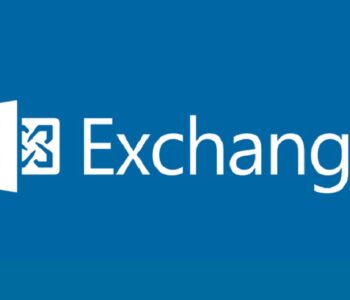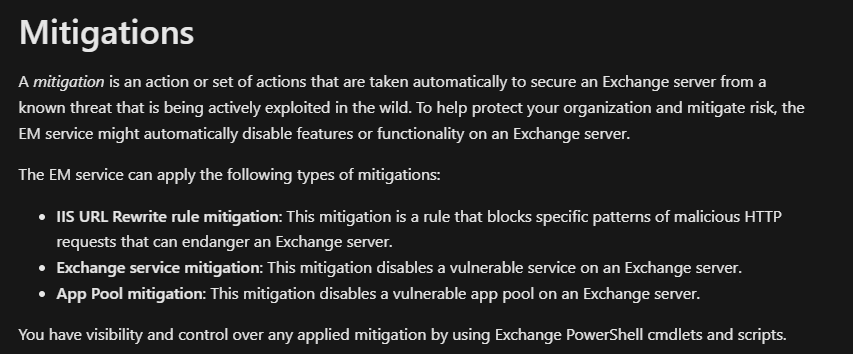 Leadership
Leadership
OMG The Cyber SKY is falling down!
Ok a bit dramatic, but that’s often what you might feel if you spend lots of time in the vulnerability space (which if you work in cyber security.. you probably do!). We often hear about the NEXT: STUXNET, HEARTBLEED, WANNACRY/ETERNAL BLUE, LOG4J etc. but actually when it comes to it… the number of times we have word endangering unauthenticated remote code execution that is a danger to global society is far less than when we have other vulnerabilities. It’s the exception not the rule.
Read more “OMG The Cyber SKY is falling down!”










